News: Land Rover Defender bids farewell after 68 years with three special editions
The 'go-anywhere' vehicle hits the end of the road
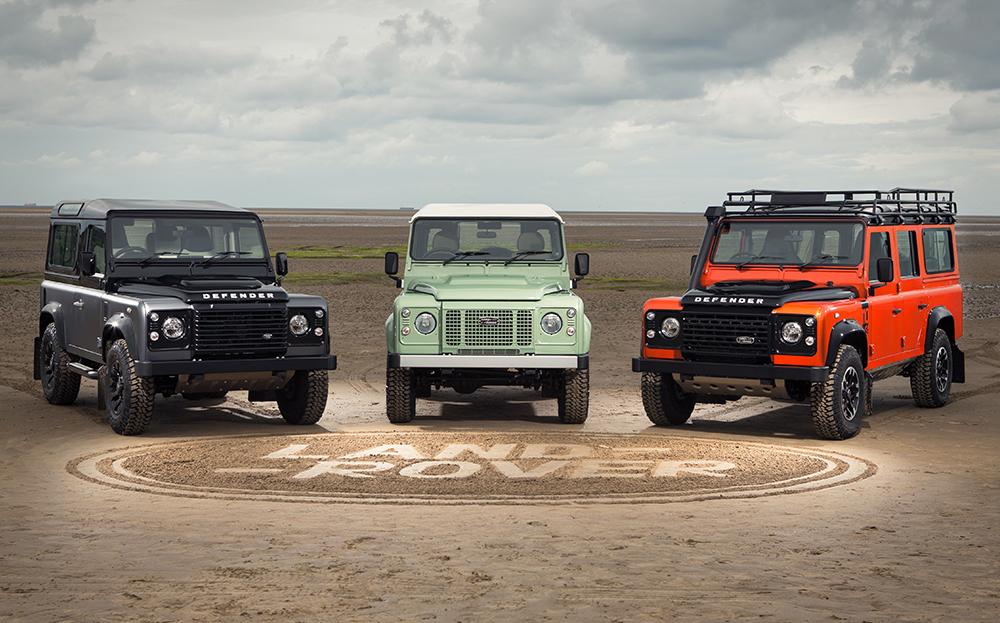
PRODUCTION OF the Land Rover Defender, that staple of the British countryside and trusty workhorse for drivers the world over, comes to an end in December this year – in Britain at least. This draws a line under a remarkable 68-year history since Rover’s top engineer came up with the Land Rover Series I in 1947.
Browse the used Land Rover Defenders for sale on Driving.co.uk
Land Rover won’t be letting it slip away unnoticed, though: it plans a full year of celebrations to mark the model’s departure, including a trio of limited-edition versions.
The Defender Celebration Series comprises the Heritage, the Adventure and the Autobiography, each meant to reflect a different characteristic of the vehicle.
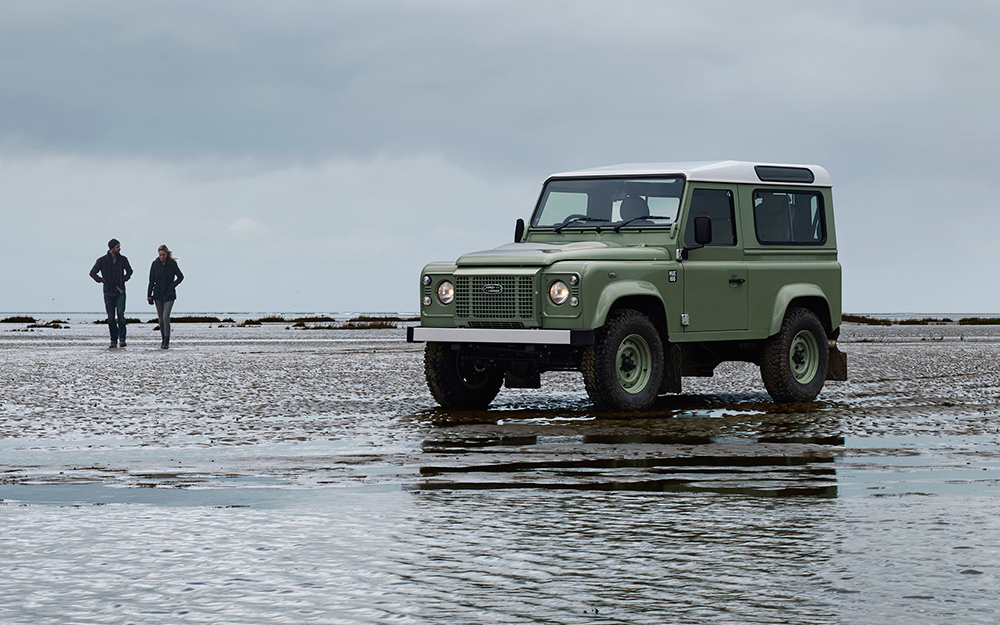
The Defender Heritage Edition, at £27,800, is inspired by early Land Rovers and comes in Grasmere Green paint with a contrasting white roof. The functional grille and “HUE 166” decals evoke the original, pre-production Land Rover, whose HUE 166 numberplate earned it the nickname “Huey”. Just 400 Heritage Editions will be produced.
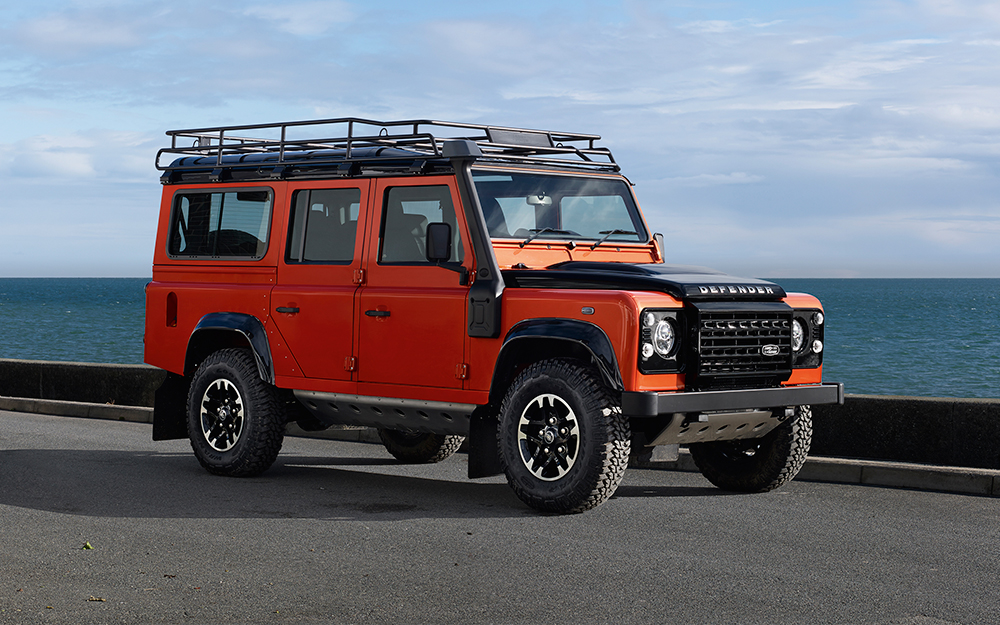
The Adventure Edition is the go-anywhere choice, fitted with underbody protection and off-road tyres. Six hundred examples will be produced, with prices starting at £43,495.
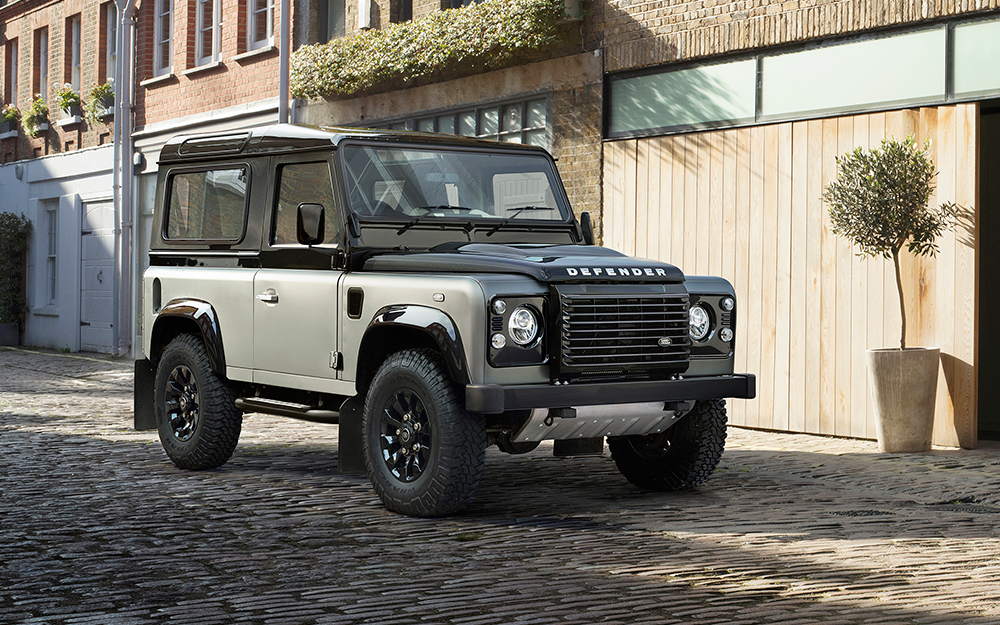
The top-spec Autobiography Edition is designed to combine performance and comfort with a plethora of equipment, a leather interior, 16in black gloss alloy wheels and privacy glass. The power of the 2.2-litre diesel engine is bumped up from 120bhp to 148bhp. Move fast if you want one of these, as production is limited to just 80 cars in Britain; the price is an eye-watering £61,845.
All three versions are available to order now. First in showrooms will be the Autobiography, which will arrive in April; the Heritage and Adventure are due in August.
Nick Rogers, Land Rover’s vehicle line director, said: “We wanted to mark the end of Defender production at Solihull with a special edition, but coming up with a single identity was impossible, so we developed three very different interpretations of the Defender to reflect its strength and breadth of character.
The car maker launched the three final Defenders by using six Land Rovers to plough a 1km-long sketch of the Series I in the sand of Red Wharf Bay, Anglesey. On that beach Maurice Wilks, engineering director of Rover, first sketched the car in 1947 for the company’s managing director – his brother Spencer.
The Land Rover Defender beyond December 2015
Land Rover says it is “investigating the possibility of maintaining production of the current Defender at an overseas production facility, after the close of UK manufacturing”. Any continuation would be low-volume and for sale outside the EU, the car maker says; the current vehicle no longer meets stringent European crash safety requirements.
This may all ring a bell with VW camper van aficionados. Production of the classic Type 2 continued in Brazil until last year, many years after the company stopped building it in Europe. Land Rover is expected to use the facilities of its parent company, Tata Motors, in India should it go ahead with production.
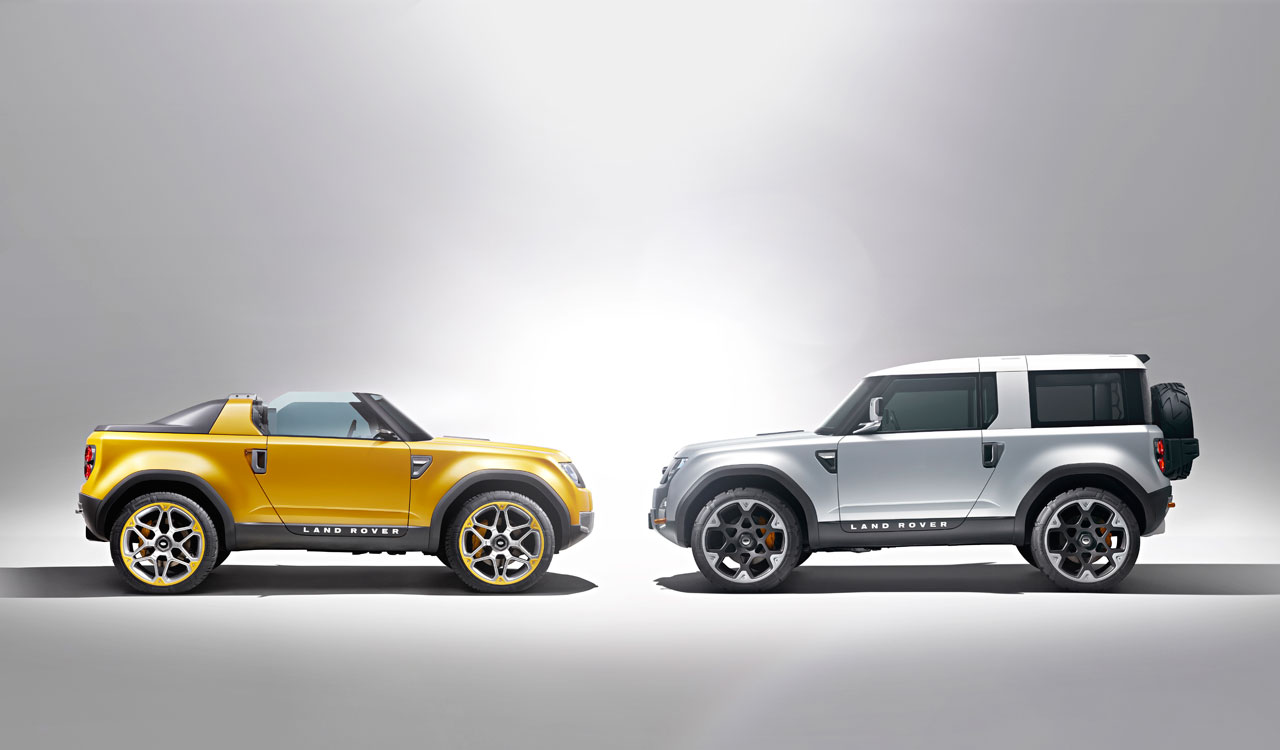
Meanwhile, Rogers’s job is to come up with a fitting successor to the Defender for mass production and sale in Europe. Land Rover has got as far as creating a prototype called the DC100, as well as a drop-top sports version (pictured), which should appeal to new customers who want SUV-style comfort and technology. Convincing Defender traditionalists may prove harder.




